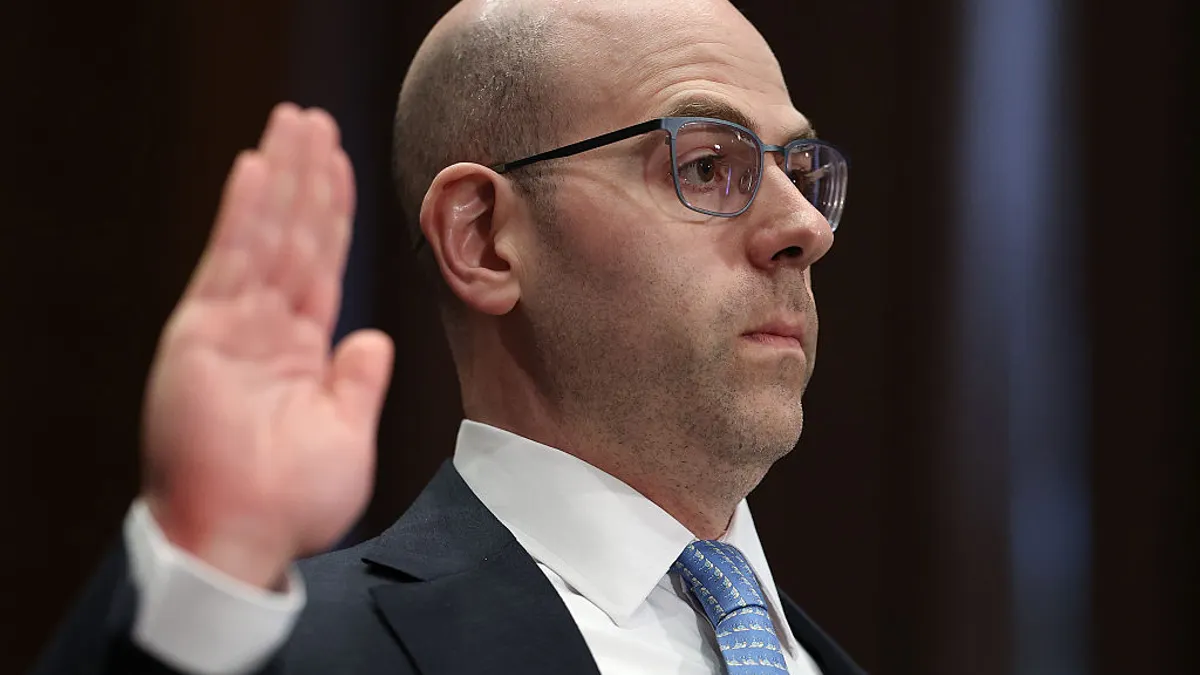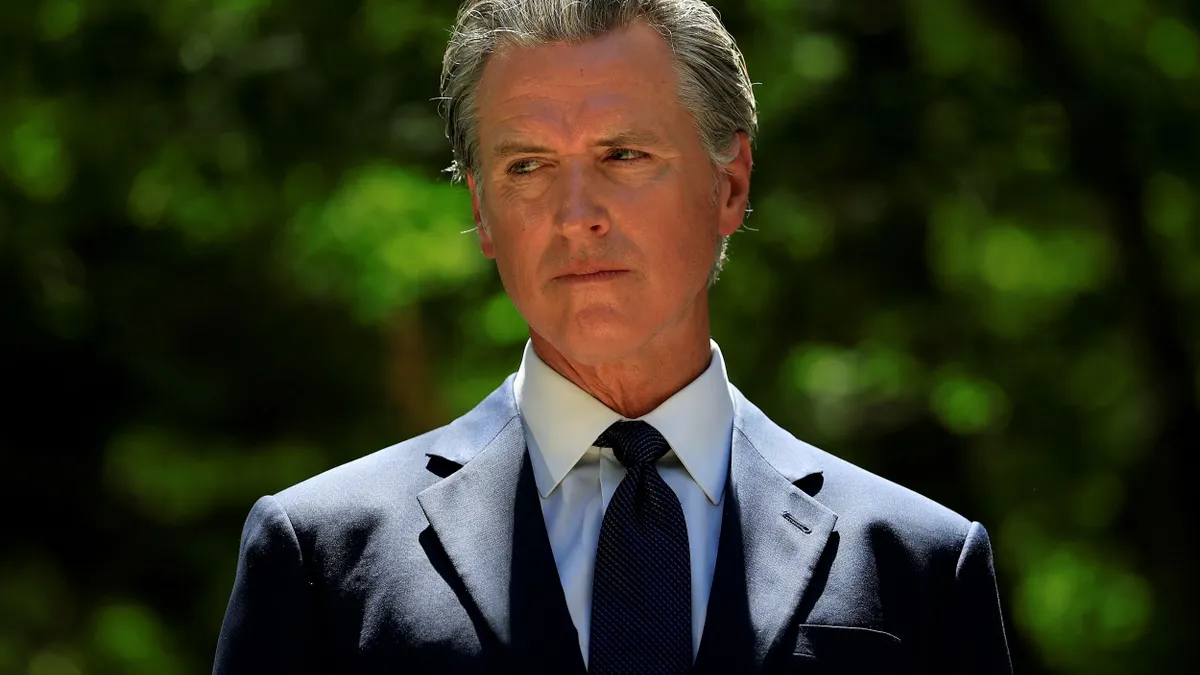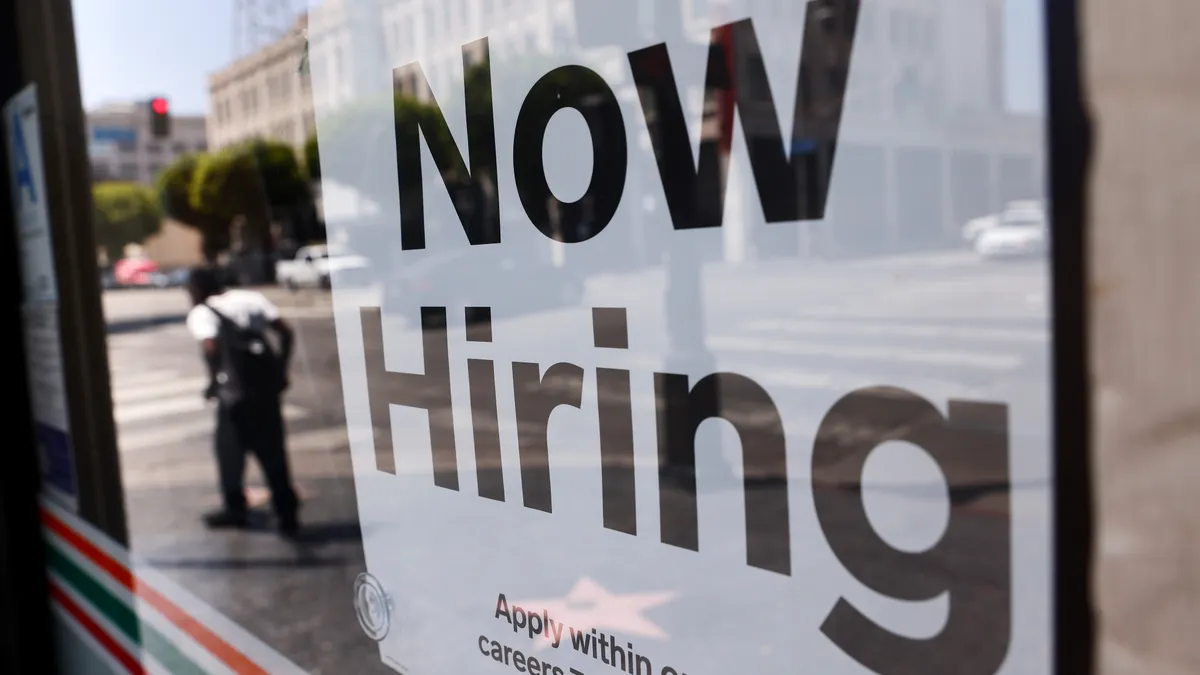Editor’s note: This is the fourth piece in the CFO Stressors series examining pressures intensified by the slowing economy that are challenging even the most battle-tested finance chiefs.
Now running the gamut from human resources, to cybersecurity, customer service management and more — the CFO’s responsibilities have crept well beyond accounting ledgers and excel sheets.
Of course, it is only natural that a finance chief’s role — like all jobs — must adapt and adjust to the evolving demands of the current economic landscape and many relish the challenges. But, some CFOs feel they are now finding themselves doing the bulk of the heavy lifting in the C-suite, according to a recent study.
This job creep has been a major source of stress, especially given that their core tasks related to earnings reports and storytelling of the business have not waned.
CFO archetypes
“The reason why the CFO’s role is unique is because it is almost like the nervous system going throughout the body. The CFO can see across the organization in order to make holistic decisions versus a lot of of other folks in the C-suite who have a very defined function,” said Kirk McLaren, CEO of Foresight CFO — a financial services company helping finance teams achieve high growth — and author of “The Growth CFO Void,” a book which details the role modern finance chiefs need to play in today’s macroeconomic and technological environments.
Exactly when and how the finance chief’s role came to entail so much more than just finance? Wes Bricker, vice chair and co-leader of US Trust Solutions at PricewaterhouseCoopers, says the shape-shifting has occurred over at least two decades.
Bricker says the current style of CFO has actually grown out of three different archetypes: the accountability CFO, which was prevalent in the early 2000s when the Sarbanes Oxley Act came into play and the deal-making CFO, who takes a growth at all costs approach, a type that was more prevalent in the 2010s to around 2020. Now, we are in the phase of the operational CFO, he said in an interview.

“This type of CFO connects the dots across different functions, helps deal with things like the war for talent and connects with customers as they deal with inflation,” said Bricker, adding that they also need to get the company’s pricing right.
There are drawbacks that come along with the focus, resources and priorities getting spread thin across multiple disciplines: CFOs must now be jacks-of-all-trades. Experts cited disproportionate workloads and strained relationships with colleagues in the C-suite as the top stressors for CFOs dipping their toes into different domains.
Disparities in the C-suite
A majority (81%) of CFOs believe that they suffer the most intensive work in their day to day compared to any other role in the C-suite, according to an April DataRails survey. The survey, polling 200 CFOs of businesses of up to 500 employees, also found that 48% of CFOs say manual processes reduce their time spent with family and friends, while 47% find this work impairs their ability to participate in strategic decision-making.
Some 37% were ultimately dissatisfied with their overall output as CFO, and nearly one third (31%) confessed that constant spreadsheet jockeying left them bored.
More and more, however, CFOs need to make tough decisions regarding human resources, information technology, marketing, and other areas that affect the overall health of a business. In today’s volatile macroeconomic environment — given this is on top of their remit for backward-looking accounting, present-looking cash management and forward-looking financial planning and analysis (FP&A) — CFOs are feeling the pressure.
Exiting
This year and last many CFOs may be voting with their feet, with a surge in retirements appearing to drive the churn. Recent CFO departures have included FootLocker, SalesForce and WW International.
Data from executive search firm Russell Reynolds revealed that the CFO retirement rate has increased for the first time in three years, indicating that there may be an increase in CFO turnover coming. Just from 2021, the retirement rate for CFOs increased from 45% to 52%. At the same time, the departures have recently ticked down somewhat. CFO turnover in S&P 500 companies during the first three quarters of 2022 slowed to 14% compared with 16% during the same period last year.
“The CEO and the board are signaling it may be time for a different type of CFO to get through the next phase of what is going on. We are seeing that CEOs and the board may think it is time for a new skill set,” said Keith Meyer, CEO and board practice at Allegis Partners, an executive search firm.

The scope and scale of a CFO role has never been as broad or as complicated or as stressful, he said. “In some way, these CFOs are taking on a significant portion of the burden of the CEO. In many cases, especially if you’re a public company, you’ve got the external relations shareholder issues rolling into your CFO organization, and you feel that pressure every minute of every day,” he said.
The swelling of responsibilities is not going anywhere either. A survey of 150 finance chiefs at mid-market size companies conducted by HighRadius in April found that in the new year, 44% of CFOs plan to be more involved in talent acquisition and retention, 40% will be more involved in finance technologies and 36% will lead their organization’s finance automation agendas.
When it comes to a CFO’s responsibilities, Meyer said that the work pile never shrinks. “The list just keeps growing, nothing gets taken away, things just keep being added,” he said.
Comparing that growth to how other C-suite roles have expanded in recent years, Bricker said that it’s “not even close,” when stacked up against the finance chiefs’ role.
Relationships within the C-suite
Finding a steady rhythm between the CEO-CFO relationship can be tricky, and makes the CFO’s job even more difficult.
“I think the biggest stressor for the CFO right now is trying to get the CEO’s attention, in some kind of cadence where they collaborate and making sure the CEO follows through on decisions they have to make,” said McLaren. Oftentimes, the CFO has to bring up things that the CEO doesn’t want to pay attention to, he said.
McLaren also pointed to the fact that CFOs need to get their executive counterparts’ attention could be a source of pressure to dip their toes into waters other than the sea of numbers.
“When the CFO is going beyond just traditional finance, which is making sure that accounting and compliance is done right — and is also involved in processes to win new customers and build people capacity, that’s going to get the CEO’s attention way more than ‘hey, come look at these financials.’ But, when a CFO-CEO relationship is successful, it is like a pilot and navigator, they can really do a lot together,” he said.
As the CFO’s job is creeping into other departments, their C-suite counterparts mostly remain focused on the same things. Chief technology officers, for example, are still very much only focused on machines and chief human resource officers are still very much only focused on a narrow range of legalistic and microaggression issues like diversity, equity and inclusion, said McLaren.
The issue of talent, traditionally an issue under the chief human resource officer’s (CHRO) scope, is increasingly becoming a finance issue, especially given the strong labor market.
CFOs continue to be increasingly concerned with talent. Last month, 40% of CFOs pointed to talent shortages as a top business risk, according to the 2022 U.S. Bank CFO Insights Report released Nov. 1.
Quiet-quitting, or employee disengagement, is almost a half a trillion dollar problem in the U.S. alone, according to data from the Workhuman and Gallup Employee Wellbeing Report, released in October.
In order to mitigate the financial burdens that come with talent concerns, CFOs are having to add a people-focused appraoch to their role.
A give and take
As finance chiefs spread themselves thin between human resources, information technology and more, their primary role of managing the numbers of the business does not get any easier. “This is where CFOs feel a real tension,” said Bricker
“These CFOs have to reach across the business in new ways. They need to understand cyber events and privacy, intellectual property, talent, but at the same time, their accountability for trusted numbers — that are investor grade — is as high an expectation as ever before,” he said. “What are the trade-offs?”























